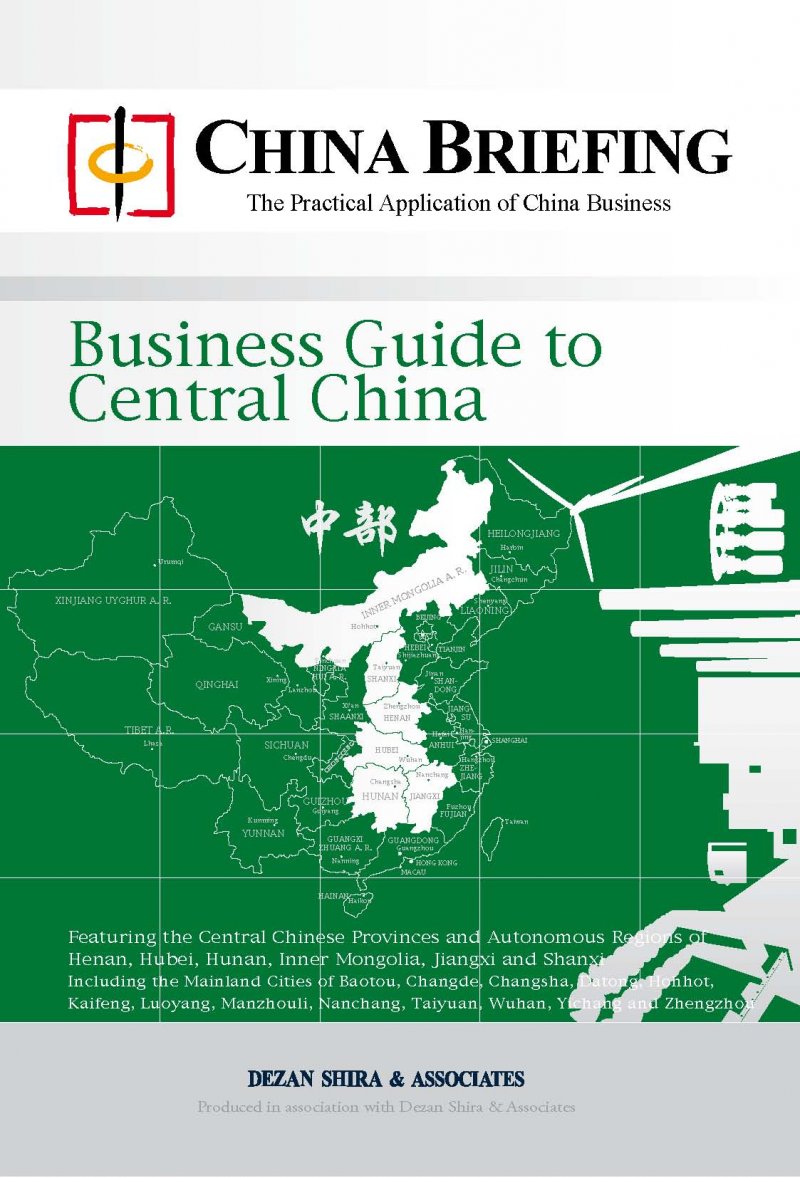
Business Guide to Central China
Published: October 2011Business Guide to Central China firstly sets the scene by presenting a basic but detailed overview of the region before taking each province in turn and discussing the economic climate, demographics, infrastructure, energy resources and development zones in each. This is an essential resource for foreign investors wishing to set up a business or expand into China.
No. of Pages: 120 pages
ISBN: 978-988-17560-4-6
Before deciding to invest in a certain region, not only is it essential to consider which industry to invest in but also choosing a specific location is equally important. This comprehensive guide presents each province and autonomous region in Central China on a case by case basis to aid newcomers to China, and expats, make an accurate and well-informed decision on the most suitable area to set up their business in.
Business Guide to Central China firstly sets the scene by presenting a basic but detailed overview of the region before taking each province in turn and discussing the economic climate, demographics, infrastructure, energy resources and development zones in each. This is an essential resource for foreign investors wishing to set up a business or expand into China.
- Setting the scene—Central China
- Historical context
- Modern policies and development issues
- Economic overview
- Provinces, autonomous regions and cities of Central China
- Henan: Kaifeng, Luoyang, Zhengzhou
- Hubei: Wuhan, Yichang
- Hunan: Changde, Changsha
- Inner Mongolia: Baotou, Hohhot, Manzhouli
- Jiangxi: Nanchang
- Shanxi: Datong, Taiyuan
- Establishing business
- Choosing your China structure
- Development zones
- Regional comparison
- Industries
- Infrastructure
- Energy
- Environment
- Future outlook
- Directory and reference
- Basic resources, consulates, business associations, transportation and hotels, exhibition centers
- Basic resources, consulates, business associations, transportation and hotels, exhibition centers
- Glossary
- Further reading

